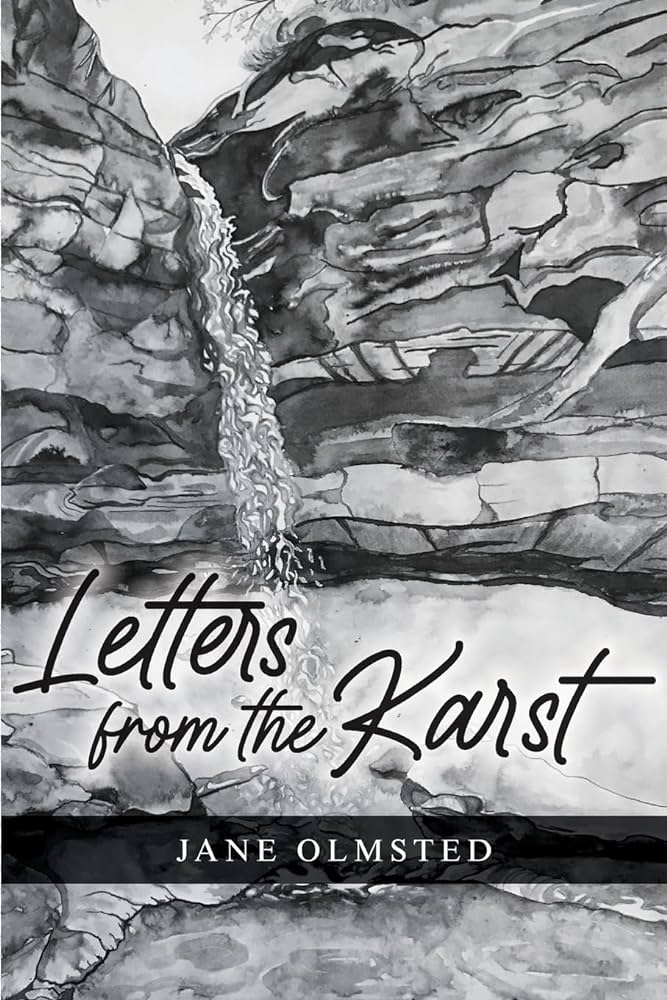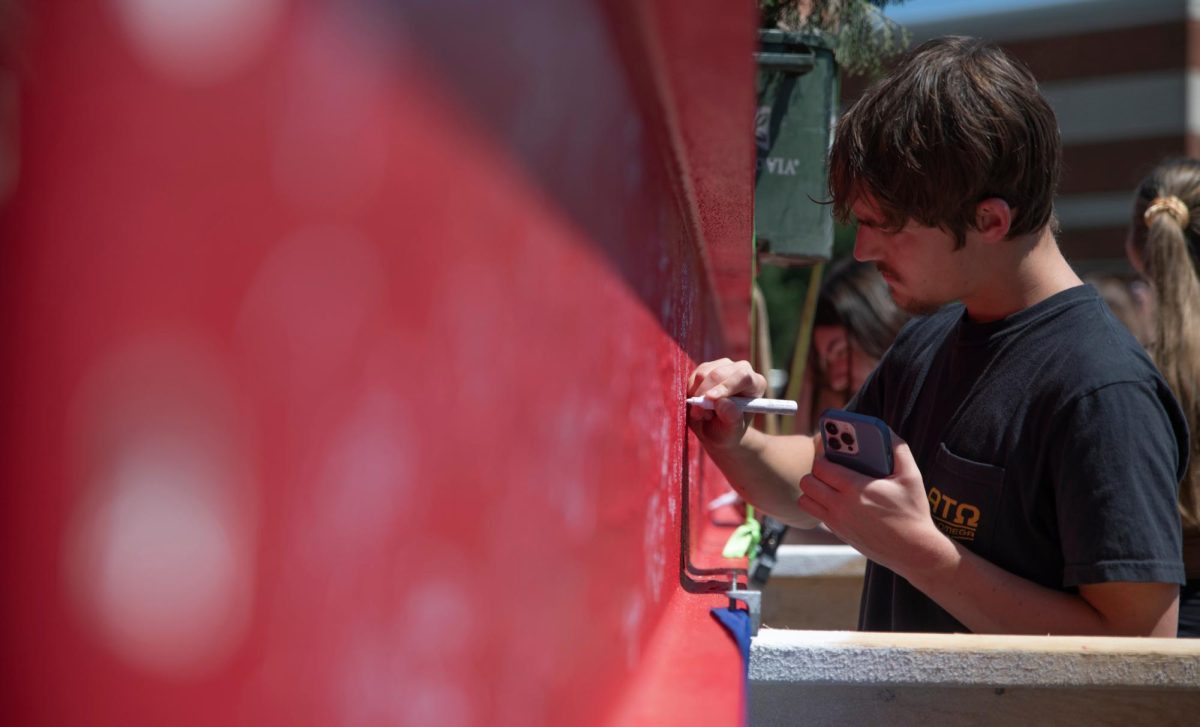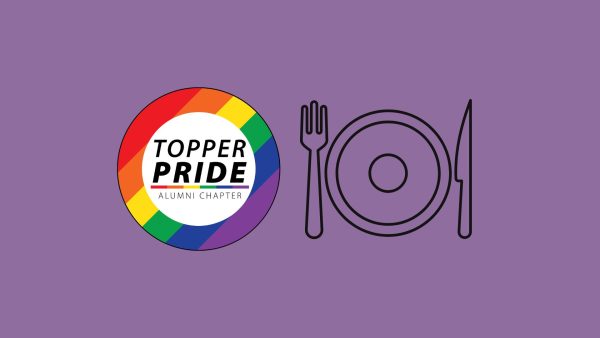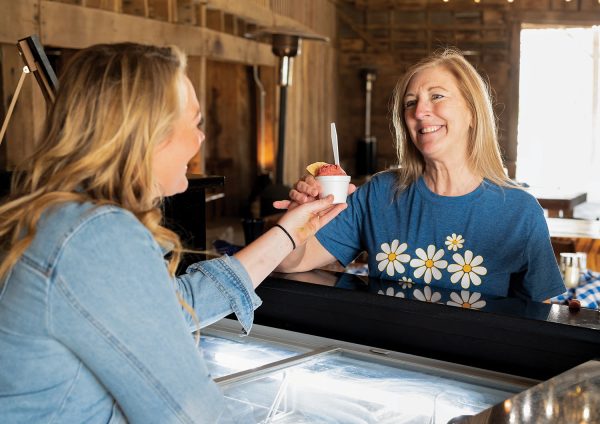Don’t blame bookstores for high prices
August 19, 2003
Confused students wandered among stacks of textbooks at the University Bookstore. They squinted at minuscule course numbers and searched frantically for used books.
The back-to-school rush for books left many students wondering why their hard-earned summer money must be spent on expensive textbooks.
“I don’t really like to buy my books,” Louisville senior Tameka Miles said. “It’s college, and I don’t have that much money to spend on textbooks. I think bookstores need to come up with a better price.”
Rob Hall, manager of the off-campus Lemox I and Lemox II Book Cos., said that while bookstores are scapegoated for the inflated prices, it’s actually the publishers and authors who set costs.
Hall said that most bookstores adopt a 25 percent mark-up, a low margin in comparison to clothing stores, which will sometimes apply a 60 percent increase.
“It’s not as profitable as everyone thinks it is,” Hall said.
At $180.75, “Human Anatomy and Physiology” is the most expensive book. There are no used copies of the text, which is required for the introductory class Biology 131.
Forrest Halford, textbook manager at Western’s bookstore, said the book will render no buy-back money due to a nonrefundable lab manual that is packaged with it.
Publishers don’t earn money from the used-book market, Halford said, so they try to make it difficult for retailers to sell second-hand copies by adding “one-time use” materials to new books.
Halford referred to these CD-ROM tutorials and lab manuals as “the Happy Meal approach” to selling textbooks. He said he realizes that most of the freebies will inevitably become coasters.
“I hate to sell things students don’t want or need,” Halford said as he walked through the bookstore, pointing out unnecessary colored graphs and layouts – a technique he said dumbs down the text and raises the selling price.
Hall takes issue with the endless string of new editions of textbooks in subjects that don’t change over time.
“They’re not changing history, science or math,” Hall said. “Publishers are adding infotracs and CD-ROMs so they can print out new editions.”
Halford advises students to wait and see if they need a textbook before buying it.
“If you buy a book, use it,” he said. “Don’t let it sit.”
Reach Lindsay Sainlar at [email protected]



















![Megan Inman of Tennessee cries after embracing Drag performer and transgender advocate Jasmine St. James at the 9th Annual WKU Housing and Residence Life Drag Show at Knicely Conference Center on April 4, 2024. “[The community] was so warm and welcoming when I came out, if it wasn’t for the queens I wouldn’t be here,” Inman said.](https://wkuherald.com/wp-content/uploads/2024/04/smith_von_drag_3-600x419.jpg)





